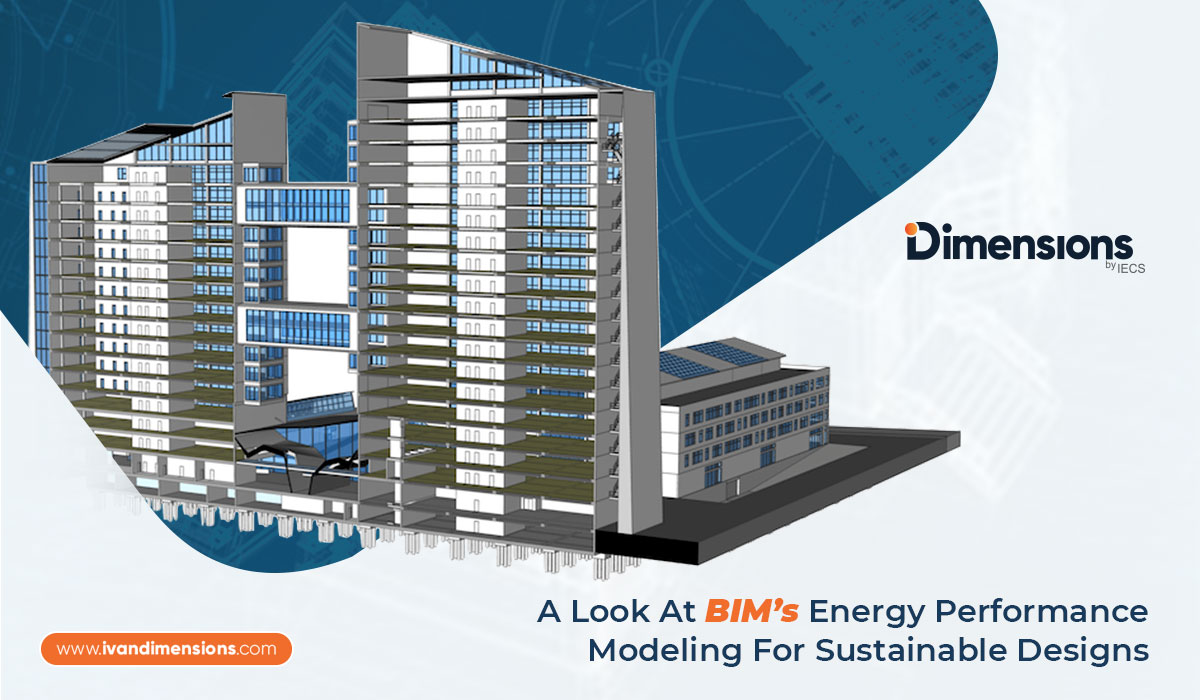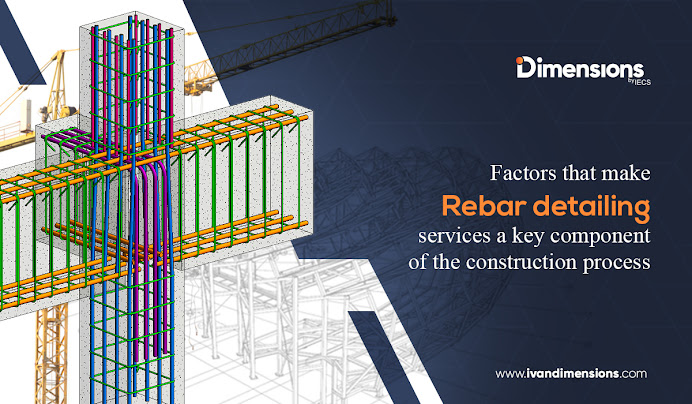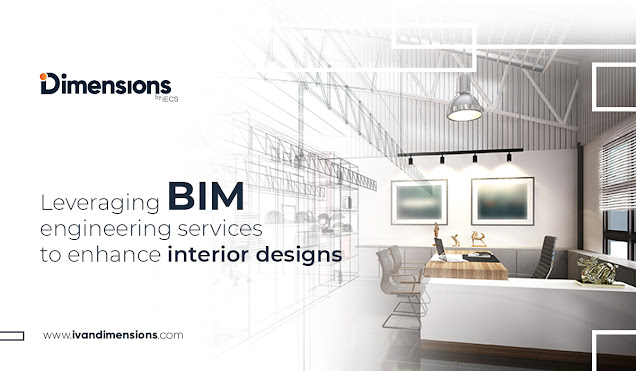Using Virtual reality to add value to the output generated by point cloud services
In recent years, the construction industry has undergone a phenomenal transformation. One of the areas which have particularly undergone radical transformation is the refabrication, remodeling, and expansion of archaic buildings. The advent of point cloud services has made the process of generating a 3D model of buildings seamless, cost-effective, and less prone to errors. The following paragraphs detail the process followed by leading providers of point cloud services and how virtual reality can add value to the model created by point cloud services.
The process of point cloud services starts with a highly efficient laser beam scanner. The laser beam scanner emits a high-frequency laser beam. Each point at which the laser beam strikes the existing structure is recorded as a point. Millions of such data points are generated even while the laser scanner is used to scan the smallest of objects. The greater the density of points more accurate is the 3D model that is created out of it. This scanned data is then converted into a .rcp file referred to as point cloud. The .rcp file is used as input to create the final 3D model of the structure using Revit or other BIM software.
Before talking about the value added by virtual reality to this 3D model offered by point cloud services provider, let’s talk a bit about virtual reality technology. Like BIM, virtual reality technology is another technology that is fast revolutionizing the construction industry. Virtual reality offers us the ability to visualize and interact with computer-generated simulations through special devices. Thus, the application of the virtual industry can add further steam to the 3D visualization services already offered with the help of BIM.
When the visualization capability offered by VR is applied to point cloud services it can create wonders. Armed with a pair of VR glasses, you will be able to delve deep into the 3D model of the structure created through point cloud services. The VR glasses can offer you a close-up view of the as-built data. The whole point cloud data can be merged and uploaded to create an immersive viewing experience for the client.
The enhanced 3D visualization services thus offered with the help of VR lenses can offer a host of unprecedented benefits beyond your imagination. For starters, the enhanced visualization of the 3D model will help the construction stakeholders to easily figure out issues with the structure. The viewers can zoom into certain sections of the model and study it in far greater detail. It will also help in figuring out the clashes, highlighting the same, and rectifying the issues in the design phase itself.
The enhanced 3D visualization capability offered by the VR glasses will also help in figuring out the impact of the building on the environment and the effect of the structure on its future inhabitants. This will help the designers, architects, and engineers to come up with better design alternatives at a lesser time and cost.
Thus with the application of VR is set to offer a range of unique advantages and open the doors to phenomenal new possibilities. Are you as excited as we are about the new technologies that are forcing us to rethink the ways the construction industry functions. Then visit us and explore our range of offerings.




Comments
Post a Comment